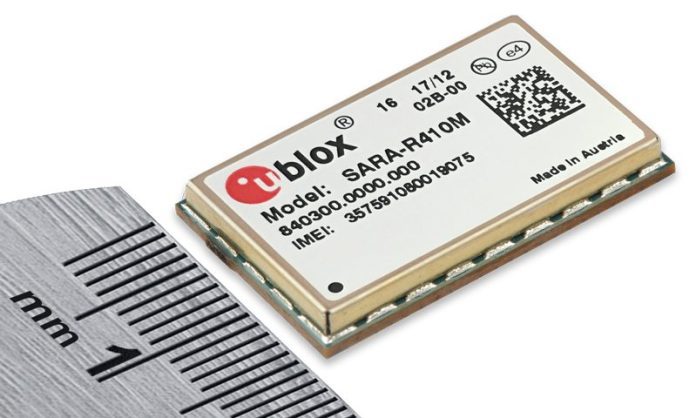IoT module makers Sierra Wireless and U-Blox have both announced modules that support two different cellular standards for low-power wide area connectivity. Both companies are bringing solutions that support LTE Category M1 (Cat M1) and narrowband IoT (NB-IoT).
LTE Cat M1 uses 1.4 megahertz of bandwidth while NB-IoT uses just 200 kilohertz. Cat M1 caps both uplink and downlink data rates at 1 megabit per second, and NB-IoT caps both at roughly 0.2 megabits per second. In the United States, both Verizon Wireless and AT&T have added LTE Cat M1 technology to their networks, but so far no U.S. operator has announced the widespread availability of NB-IoT on its network.
Sierra Wireless said its AirPrime WP77 modules will allow customers to deploy the same device with multiple network operators worldwide. The module supports 2G fallback for areas in which LTE coverage is not widely available.
U-Blox said its SARA‑R410M‑02B module will offer software‑based configurability for all deployed bands. This means a customer could potentially change from connectivity standard to another without physically touching each end point. This is important in many IoT deployments, since end points may be in remote locations.
The company said the SARA‑R410M‑02B will also support voice functionality via voice over LTE using Cat M1, which can be used for applications requiring a level of human interaction. Late last month, Verizon Wireless said it was working on adding VoLTE support to its Cat M1 network.
Dual mode IoT modules are based on modem chips that can support both Cat M1 and NB-IoT. Qualcomm and French chipmaker Sequans have both introduced dual-mode modems.
Follow me on Twitter.

